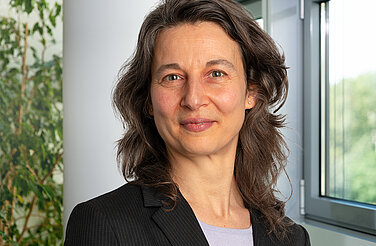- Story Type
- Success Story
Variable renewable energy grid integration
- Region:
- Denmark
- Sector:
- Electricity
Over half of the Danish electricity supply comes from weather-dependent renewable energy sources, while the European Union average share is 19%. How did Denmark integrate large swings in electricity generation from wind and solar into its grid? How will it reach a fully renewable-based power system by 2030? Stakeholders share how to develop a flexible energy system.
Video
Over 50% of Denmark’s power comes mainly from wind, onshore and offshore, and solar. These renewable-energy sources are weather dependent and provide fluctuating energy supply. The ability of the grid to uptake such a high share of variable renewable energy has been achieved by increasing the flexibility of existing power plants, expanding cross-border interconnections and trade, investing in heat pumps as well as heat storage to serve as a source of flexibility, improving wind generation forecasting, and making consumer demand more flexible. Demand response will be further developed, including the implementation of long-term storage solutions and renewable-hydrogen production, to reach a fully renewable-based electricity system by 2030. Policy continuity, innovations and stakeholders’ dialogue have been key to this success.
Third Party Documentation
Hvide Sande District Heating website
Hvide Sande Fjernvarme
Behavioural Changes, IEA, Paris
IEA (2022), License: CC BY 4.0
Coping with the Crisis: Increasing Resilience in Small Businesses in Europe through Energy Efficiency, IEA, Paris
IEA (2022), License: CC BY 4.0
Grid Integration of Electric Vehicles, IEA, Paris
IEA (2022), License: CC BY 4.0
The Future of Heat Pumps, IEA, Paris
IEA (2022)
Ringkøbing-Skjern Municipality is in the green forefront of Europe
Ringkøbing-Skjern Municipality website


